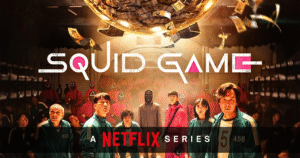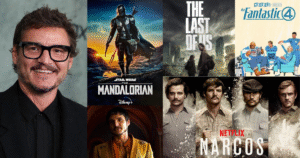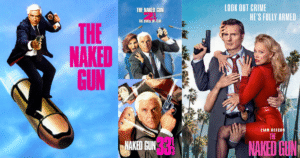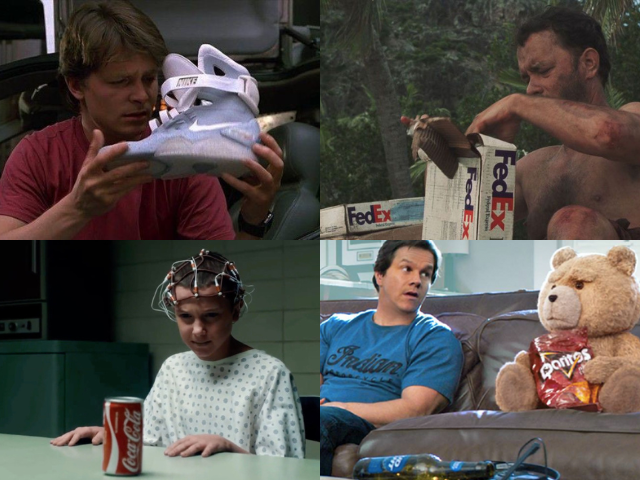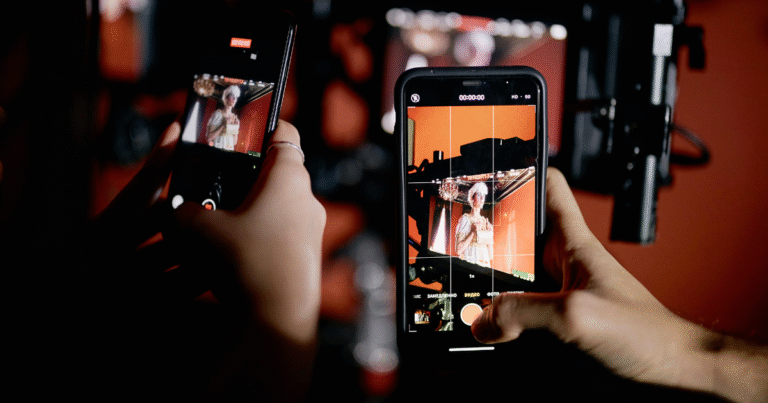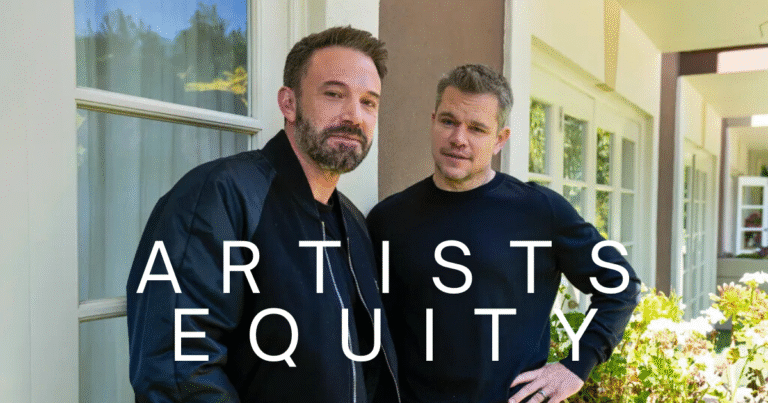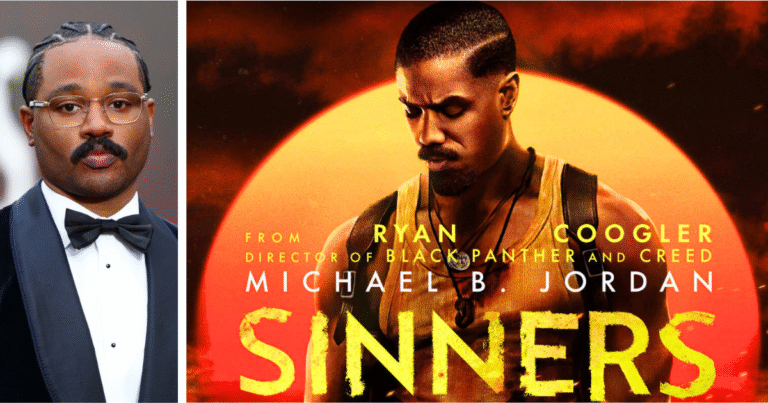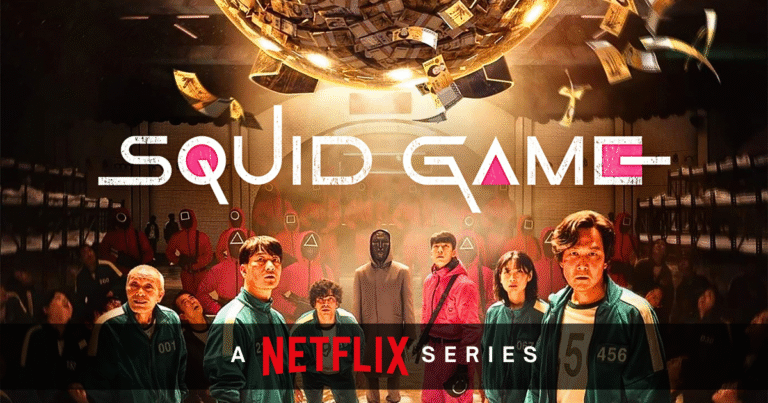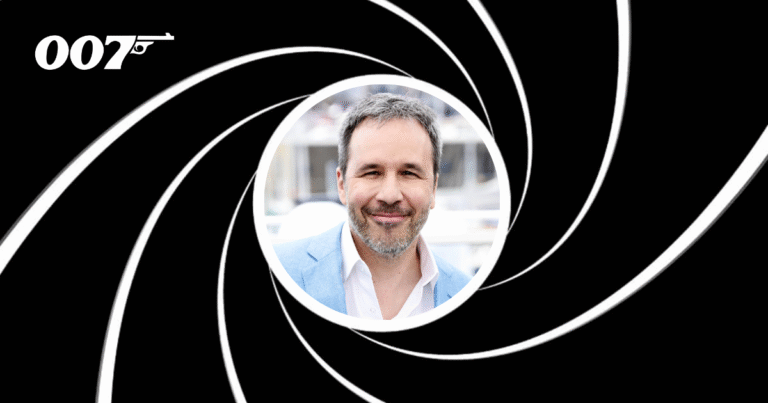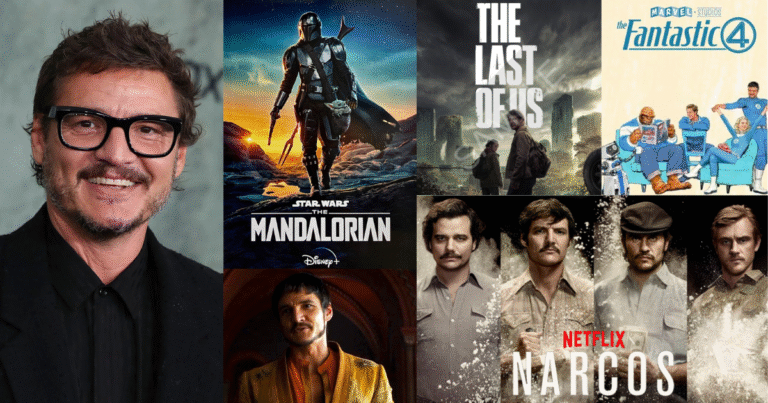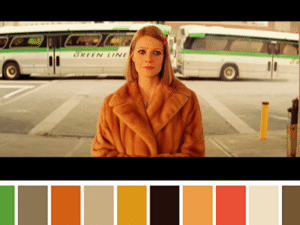Have you ever noticed a character in a movie sipping a can of Coca-Cola or using an Apple laptop? Maybe you’ve seen a car chase where every vehicle just happens to be the same brand. These moments are not just coincidences, they’re called in-film product placements, and they are a powerful way for brands to get your attention without feeling like traditional ads.
In this blog post, we’ll explore what in-film product placement is, why it works, how it has evolved over time, and what it means for both filmmakers and audiences.
What is In-Film Product Placement?
In-film product placement is when a real-life product or brand is shown in a movie. It can be very obvious, like a character holding a branded phone, or subtle, like a logo on a billboard in the background. The key idea is that these placements happen naturally within the story, so they don’t interrupt the flow of the film.
It’s different from a TV commercial or YouTube ad because it doesn’t feel like an advertisement. Instead, the product becomes part of the movie’s world.
Why Do Brands Use Product Placement?
The short answer: because it works. Traditional advertising is easy to skip. People fast-forward through TV ads, install ad blockers online, and ignore banners on websites. But in a movie, especially one you’re paying attention to, it’s much harder to miss a product when it’s right there in front of you.
Here’s why product placement is so effective:
- It feels natural – When a character uses a product during a scene, it blends into the story. It doesn’t feel forced.
- It increases trust – If a famous actor is using a certain phone or driving a certain car, people might think it’s worth trying too.
- It sticks in your mind – Because the product is linked with a scene or emotion, you’re more likely to remember it later.
A Brief History of Product Placement
Product placement in films isn’t new. It’s been happening for over a century. One of the earliest examples was in 1927’s Wings, which featured Hershey’s chocolate bars. In the decades that followed, more brands started to understand the value of being in front of movie audiences.
Some iconic examples include:
- E.T. the Extra-Terrestrial (1982) – Reese’s Pieces candy saw a huge boost in sales after the alien character enjoyed them in the film.
- Cast Away (2000) – FedEx played a major role in the storyline, and Wilson, the volleyball brand, became unforgettable thanks to the “Wilson!” scene.
- The James Bond Series – Known for luxury car and watch placements, Bond films have featured Aston Martin, Omega, and Heineken.
These placements didn’t just add realism to the films; they also helped the brands stand out to millions of viewers.
How Filmmakers Benefit
For filmmakers, product placement can be a big win. Making a movie is expensive. Brands that want their product in a film may pay large amounts of money or provide free items, services, or even financial support for the production.
This extra funding can help cover costs or improve the quality of the film. For example, if a car company provides vehicles for free, that’s one less thing the production team needs to spend money on.
But it’s not just about the money. Some directors like product placement because it adds realism. In real life, we use branded items every day, phones, snacks, clothes, and cars. So when characters use them on screen, it can make the story feel more true to life.
Where It Can Go Wrong
Product placement only works when it’s done the right way. If it’s too obvious or doesn’t fit the story, it can annoy the audience. Viewers might feel like they’re being tricked into watching an ad.
For example, if a character in a serious drama randomly starts praising their car’s features in the middle of an emotional scene, it can feel fake and forced. Audiences are smart. They know when something is not genuine.
Too much product placement can also hurt a film’s artistic value. When every scene feels like a commercial, it takes away from the story and emotion.
New Trends in Product Placement
As technology and viewing habits have changed, product placement has also evolved. Today, brands are looking at:
- Digital product placement – With special effects, products can be added into scenes after filming is done. This is helpful for international versions of a film or updating old content with modern brands.
- Streaming services – With the rise of Netflix, Amazon Prime, and others, brands are now targeting shows and movies that people binge-watch. These platforms often don’t allow traditional ads, so product placement is a smart alternative.
- Branded content – Some companies go beyond placement and help create entire films or web series that revolve around their brand values. While not always successful, it can be a bold way to connect with audiences.
Does It Affect How We Watch Movies?
Yes, but not always in a bad way. When product placement is done well, most viewers don’t even notice it consciously. But it can still influence buying habits. For example, someone might remember the car Iron Man drove or the laptop used in a spy thriller and choose that brand next time.
It becomes part of pop culture. Just like a great costume or a famous quote, the product becomes tied to the movie and its characters.
Final Thoughts
In-film product placement is here to stay. It’s a smart way for brands to reach people in a setting where they’re already paying attention. For filmmakers, it can be a helpful way to raise money and make their movie world feel more realistic.
Like any tool, it works best when used with care. When the product fits the story, supports the scene, and feels real, audiences accept it, even enjoy it. But when it becomes too pushy or obvious, it can distract and annoy.
So the next time you’re watching a movie, look a little closer. You might just spot a product that made its way into the story for more than just good looks.
